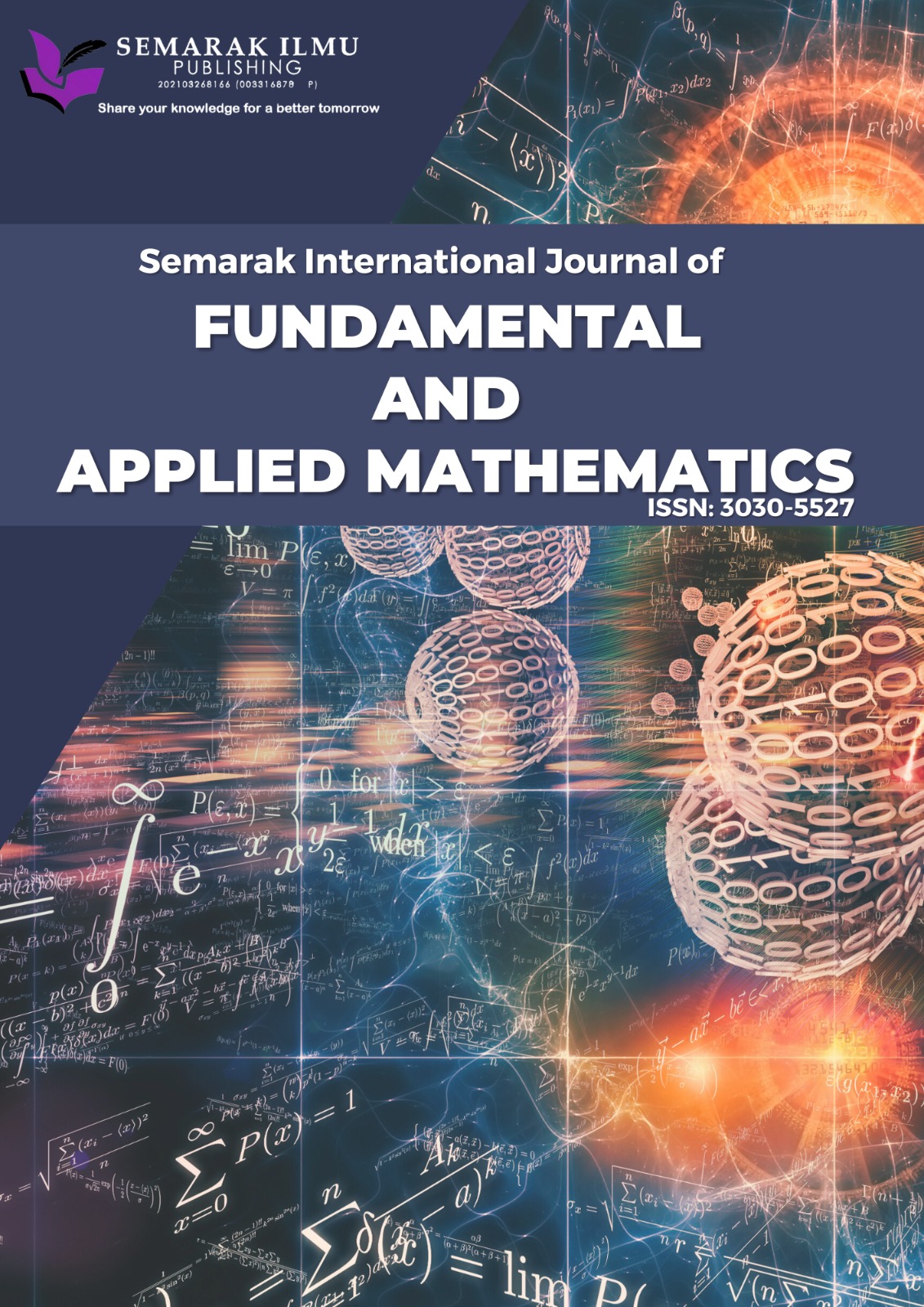Prediction and Traffic Light Control Performance using Fuzzy Logic at Intersections of Road
DOI:
https://doi.org/10.37934/sijfam.4.1.8597Keywords:
Fixed time system, Traffic controller, Fuzzy logic rulesAbstract
The rapid expansion in the number of vehicles in Malaysia has resulted in a high traffic density on the country's roadways, which has become a significant challenge for Malaysia's road traffic planners. In its current configuration, the traffic light system in Malaysia makes use of a fixed timer system, which is comprised of timing signal controllers and adaptive signal controllers. It is calculated based on the statistics of the peak hour and the time is kept consistent even during the non-peak hours. Number of how many cars are on the road or how wide the road is, this one standard green time that had been used at each intersection throughout the day. This strategy was result in a significant amount of time spent waiting at junctions since the green traffic light will be on for an extended period of time even though there are just a few vehicles on the road. Therefore, the purpose of this research is to study traffic signal control problems with the fuzzy logic control method according to number of vehicles as to investigate the traffic signal control performance at intersections and analyze queue length and congestion at intersections and throughout the road network by improving intersection quality. The classification of the number of cars, road width, and amount of time it takes for vehicles to move at crossings that was recommended in an earlier work had been accomplished by using fuzzy logic rules. A numerical example from a case study had been used to highlight the ability and feasibility of the method. The amount of time spent waiting at intersections on each road was determined with the help of fuzzy logic and a traffic controller formula. The new schedule has times that are proportional to the number of cars and the width of the road. Comparisons were made, and the results demonstrate that the timing of the green light that was achieved is suitable for the two elements that were taken into consideration. Additionally, the amount of time spent waiting for vehicles during each traffic cycle was cut down.
Downloads














